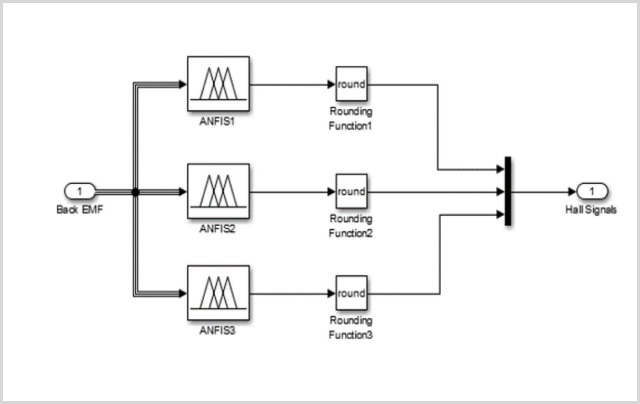In the present situation, as demand of electricity is increasing, it is essential to think
about reduction in the electricity demand and it may be reduced by using a (permanent
magnet) BLDC motor as it consumes very less power as compare to Induction motor.
The BLDC motor is broadly used in applications where low and medium power. The
BLDC motor is broadly used in automotive, automated industrial equipment, aerospace,
medical, consumer, and instrumentation. The main advantage of this over a period of time
is the long-term use of this motor.
In BLDC motor, commutation is done electrically by means of switches instead of
commutator and brushes which are used in DC motor. Comparing with an induction motor
or DC motor, the BLDC motor has following advantages:
- Lighter in weight
- More efficient
- Better controllability
- Higher speed range
- Stable performance even with unstable voltage conditions
- Good dynamic response
- Lower acoustic noise
- Better speed versus torque characteristics
- Longer life








